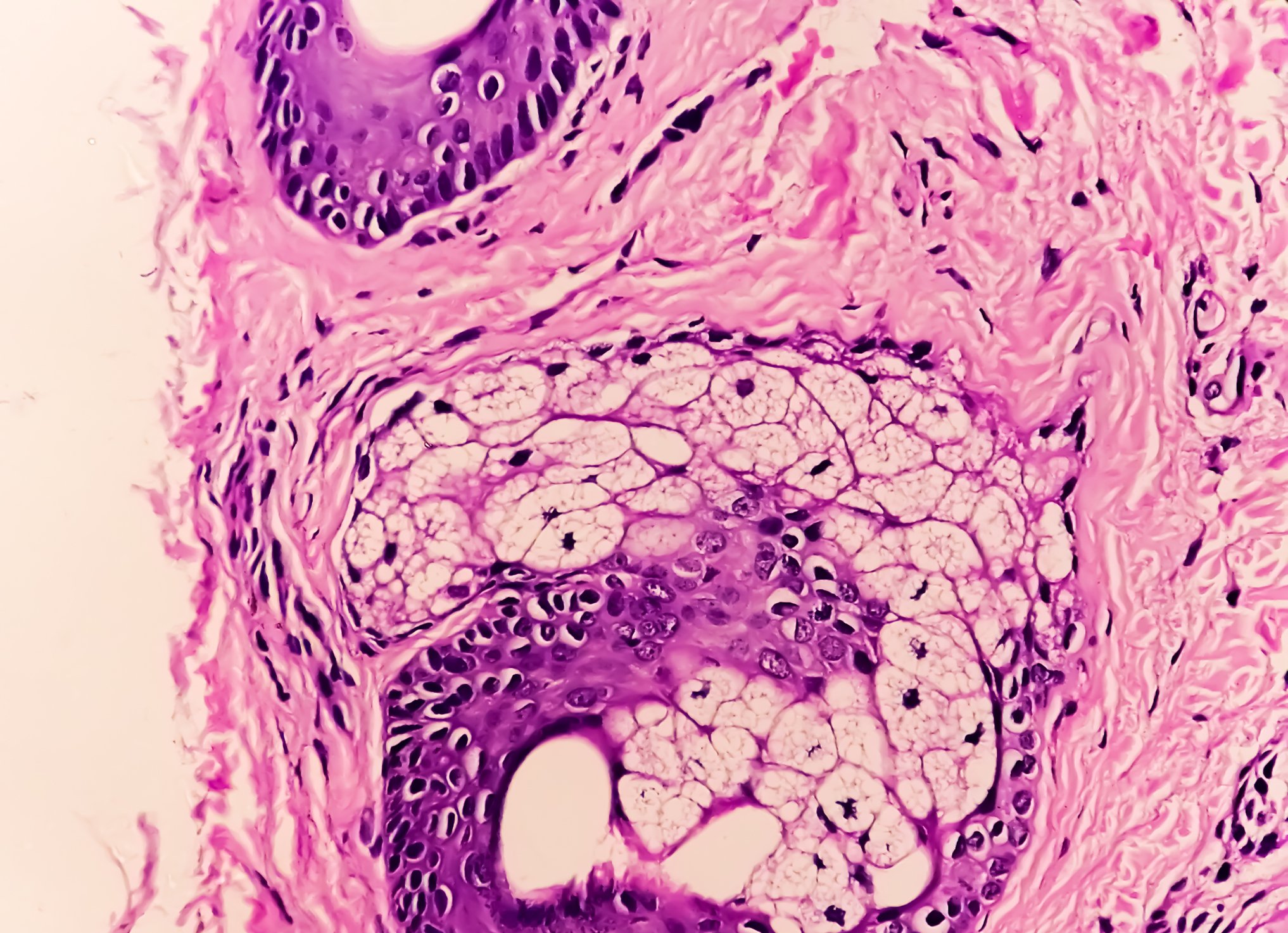The symptoms of chronic obstructive pulmonary disease (COPD) often develop gradually. Spirometry plays an important role in the diagnosis. Although COPD cannot yet be cured, the implementation of secondary and tertiary prevention strategies makes it possible to achieve better symptom control and an improvement in quality of life. This requires comprehensive disease management, which usually involves several medical specialties.
You May Also Like
- Ginkgo biloba extract in the Alzheimer's mouse model
Effects on disease-associated microglia subpopulations
- "Patients W.A.I.T Indicator"
Access to medicines – how does Switzerland compare across Europe?
- Adherence in severe or poorly controlled asthma
Digital monitoring with potential for greater treatment adherence
- Crohn's disease and depression
Significant psychological stress for CD patients
- Epilepsy
Cannabidiol for refractory epilepsy syndromes
- Stomach cancer and Helicobacter pylori
A question of income?
- Prurigo nodularis and AD
Effective itch relief through inhibition of the IL-31 signaling pathway
- Cutaneous Crohn's disease











